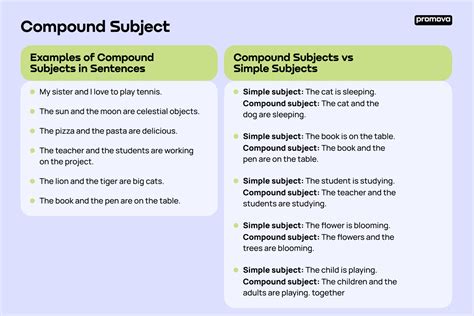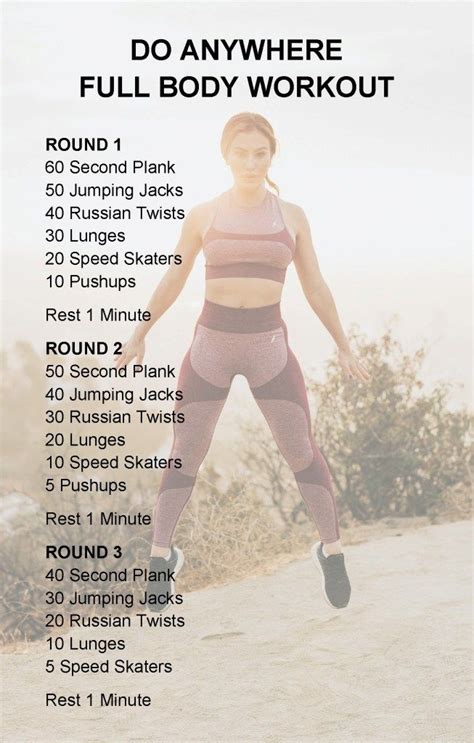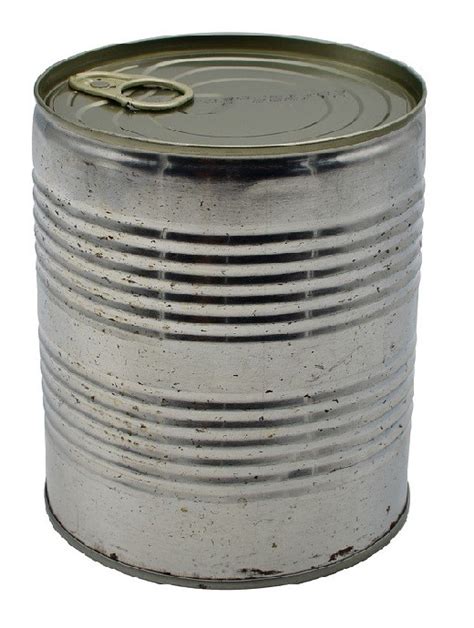What’s the most time-efficient workout for peak strength and hypertrophy?

Maximizing Gains in Minimal Time: The Science of Efficiency
In today’s fast-paced world, finding adequate time for comprehensive workouts can be a significant challenge. Yet, the pursuit of peak strength and hypertrophy doesn’t have to consume hours at the gym. The good news is that with intelligent programming and a focus on proven principles, it’s entirely possible to achieve impressive results in a time-efficient manner. The secret lies in optimizing every minute you spend under the bar, prioritizing what truly drives adaptation.
This article will delve into the core strategies and methodologies that allow you to build serious strength and significant muscle mass without living in the weight room. We’ll explore how to make your workouts count, ensuring every set and rep contributes directly to your goals.

The Foundation: Compound Movements Are King
When time is a premium, your exercise selection becomes critical. Compound movements, which involve multiple joints and muscle groups working simultaneously, are the cornerstone of any efficient strength and hypertrophy program. Exercises like squats, deadlifts, bench presses, overhead presses, and rows recruit a vast amount of muscle fibers, leading to a greater anabolic response and superior systemic fatigue compared to isolation exercises.
By focusing on these big lifts, you hit more muscles in less time, making them incredibly effective for overall development. Instead of performing separate exercises for your quads, hamstrings, and glutes, a single heavy set of squats can address all three powerfully. Prioritize these movements at the beginning of your workout when your energy levels are highest.

Intensity, Progressive Overload, and Rep Ranges
Efficiency isn’t just about exercise selection; it’s also about how you perform those exercises. High intensity, meaning working close to muscular failure, is crucial for stimulating both strength and hypertrophy. While volume (total sets and reps) has its place, a higher intensity with fewer sets can often yield comparable results for muscle growth, especially when time is limited.
Equally important is the principle of progressive overload. To continue getting stronger and bigger, you must continually challenge your muscles. This means gradually increasing the weight, reps, or decreasing rest times over time. Without progressive overload, your body has no reason to adapt. For strength, focus on lower rep ranges (1-5 reps) with heavy loads. For hypertrophy, moderate rep ranges (6-12 reps) generally work best, though a blend across the week can be highly effective.

Smart Programming: Full Body vs. Splits and Advanced Techniques
For time efficiency, full-body workouts performed 2-3 times per week often outperform traditional body part splits. A full-body routine allows you to hit each muscle group more frequently throughout the week, increasing protein synthesis cycles and providing more opportunities for skill practice on the major lifts. A typical full-body session might involve one compound push, one compound pull, and one compound leg exercise.
To further condense your workouts, consider incorporating advanced training techniques:
- Supersets: Performing two exercises back-to-back with minimal rest (e.g., bench press immediately followed by bent-over rows).
- Giant Sets: Three or more exercises performed consecutively with little to no rest between them.
- Drop Sets: Performing a set to failure, then immediately reducing the weight and continuing for more reps.
These methods drastically reduce rest times and increase the overall density of your workout, packing more work into a shorter period.

Sample Time-Efficient Workout Routine (3 Days/Week)
Workout A (Monday):
- Squats: 3 sets x 5-8 reps
- Bench Press: 3 sets x 5-8 reps
- Bent-Over Rows: 3 sets x 8-12 reps
- Overhead Press: 2 sets x 8-12 reps
Workout B (Wednesday):
- Deadlifts: 1-2 sets x 3-5 reps (after warm-up)
- Incline Dumbbell Press: 3 sets x 8-12 reps
- Pull-Ups/Lat Pulldowns: 3 sets x 8-12 reps
- Lunges: 2 sets x 10-15 reps/leg
Workout C (Friday):
- Leg Press: 3 sets x 8-12 reps
- Dumbbell Rows: 3 sets x 8-12 reps/arm
- Dips/Close-Grip Push-Ups: 3 sets x 8-12 reps
- Face Pulls: 2 sets x 15-20 reps
Rest 60-90 seconds between sets. Warm up for 5-10 minutes with light cardio and dynamic stretches before each session. Cool down for 5 minutes with static stretches.

Beyond the Gym: Nutrition and Recovery
Even the most perfectly designed workout plan will fall short without adequate nutrition and recovery. To support strength and hypertrophy, ensure you’re consuming enough protein (around 1.6-2.2 grams per kg of body weight), sufficient healthy fats, and carbohydrates to fuel your efforts. Prioritize whole, unprocessed foods. Equally vital is sleep; aim for 7-9 hours per night to allow your body to repair and rebuild muscle tissue effectively.
Conclusion: Consistency and Smart Application
Achieving peak strength and hypertrophy in a time-efficient manner is not about finding shortcuts, but rather about optimizing your efforts. By prioritizing compound movements, training with high intensity and progressive overload, and intelligently structuring your workouts with full-body routines or advanced techniques like supersets, you can make significant progress in as little as three hours per week. Remember that consistency, proper nutrition, and adequate recovery are just as crucial as the workout itself. Apply these principles diligently, and watch your strength and size grow without sacrificing your entire schedule.







